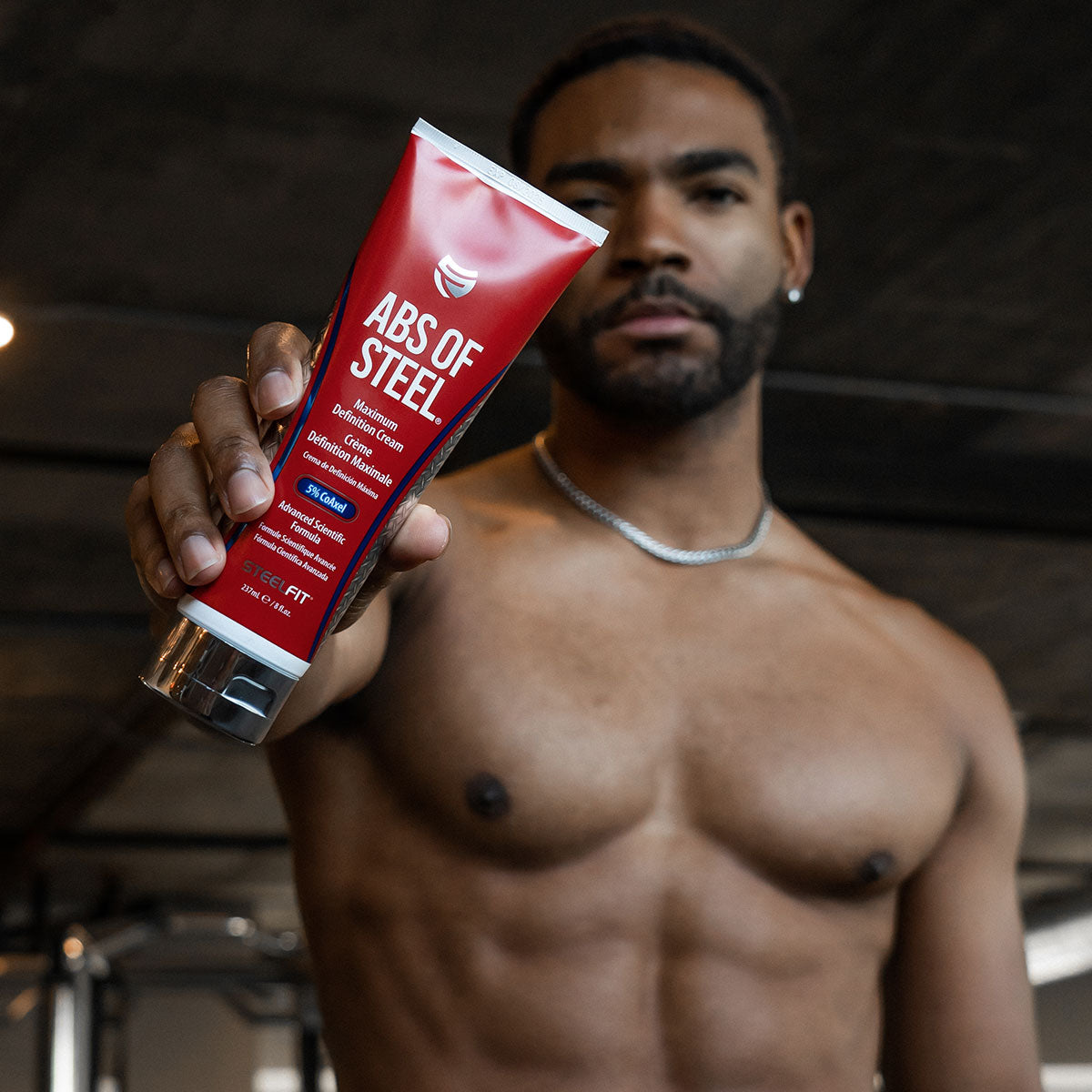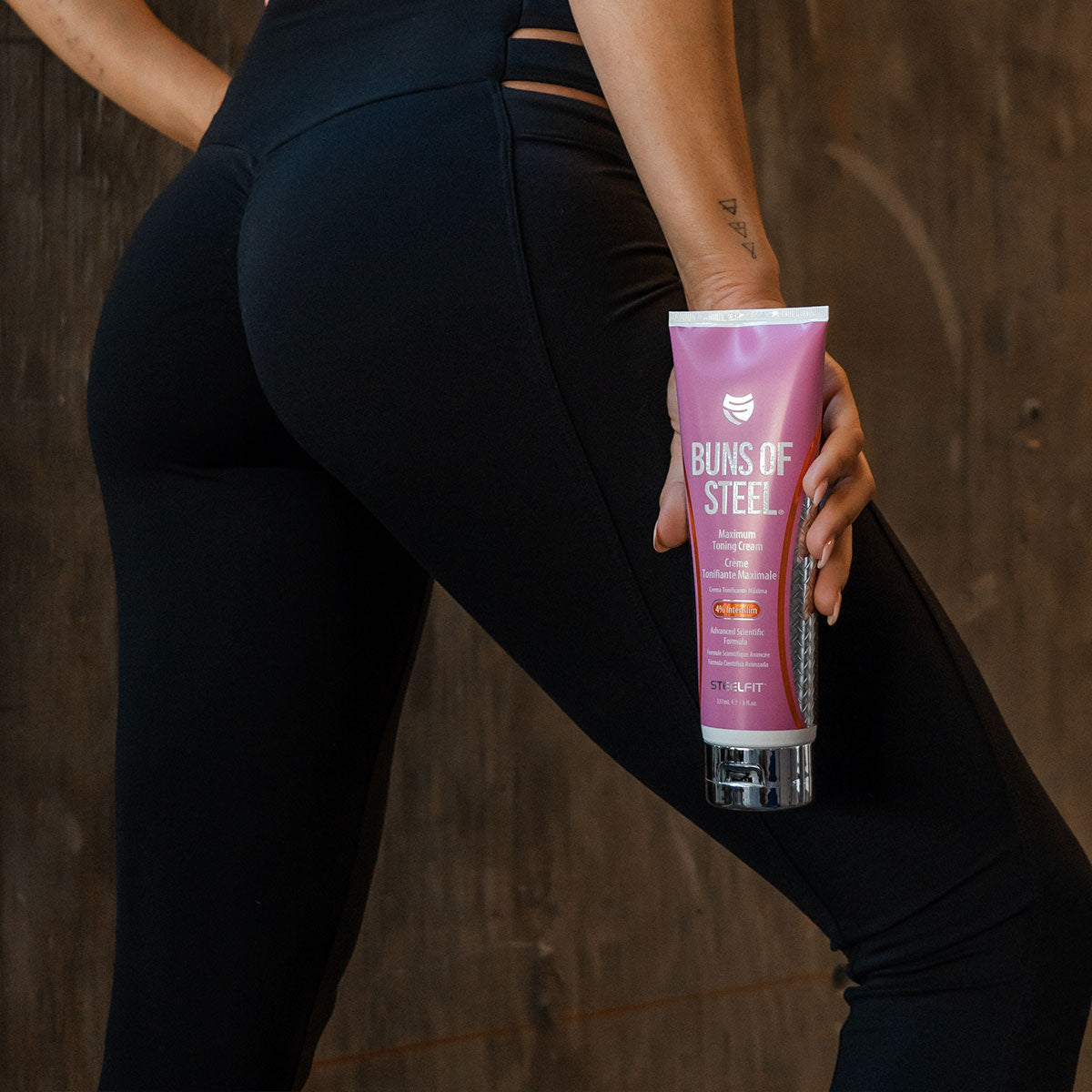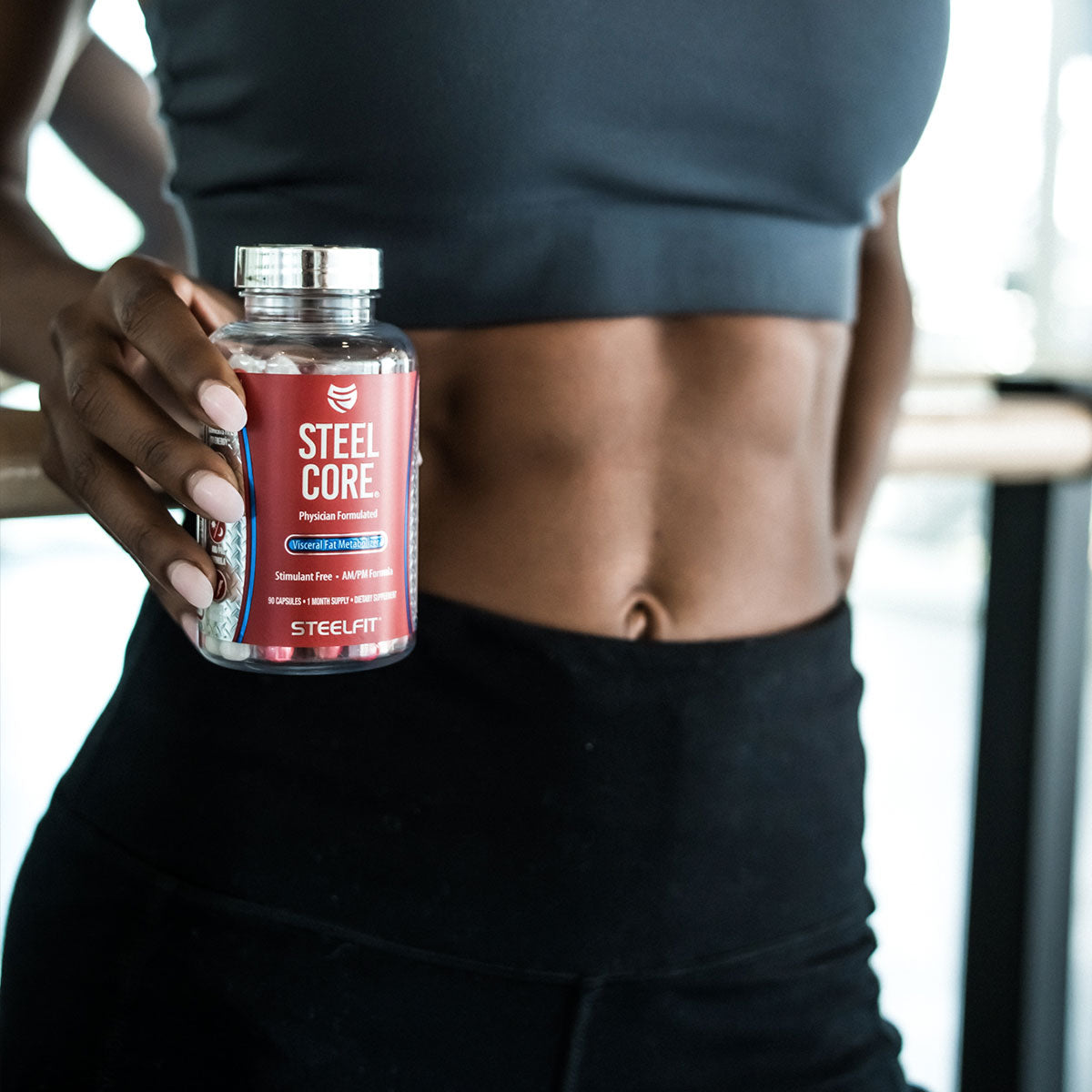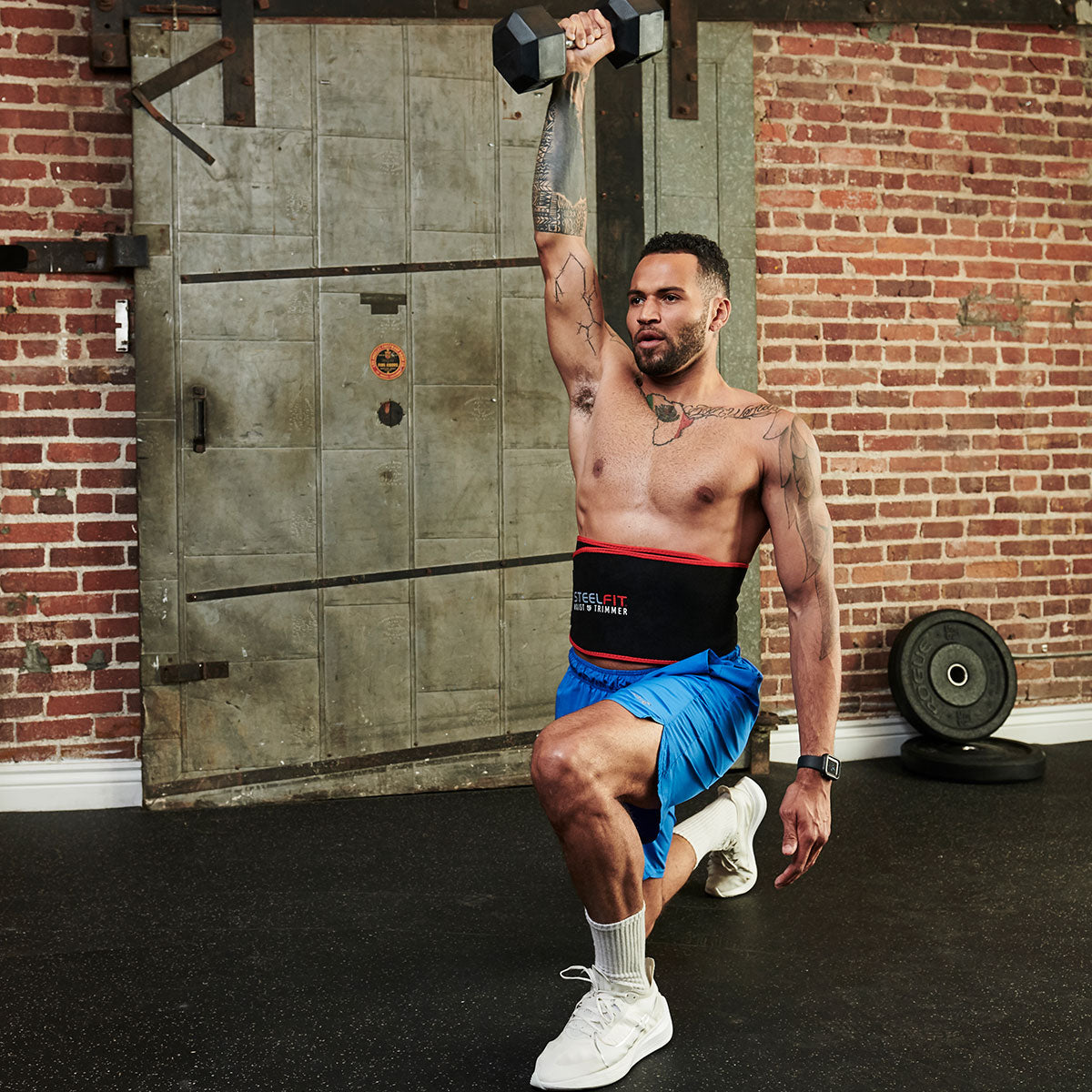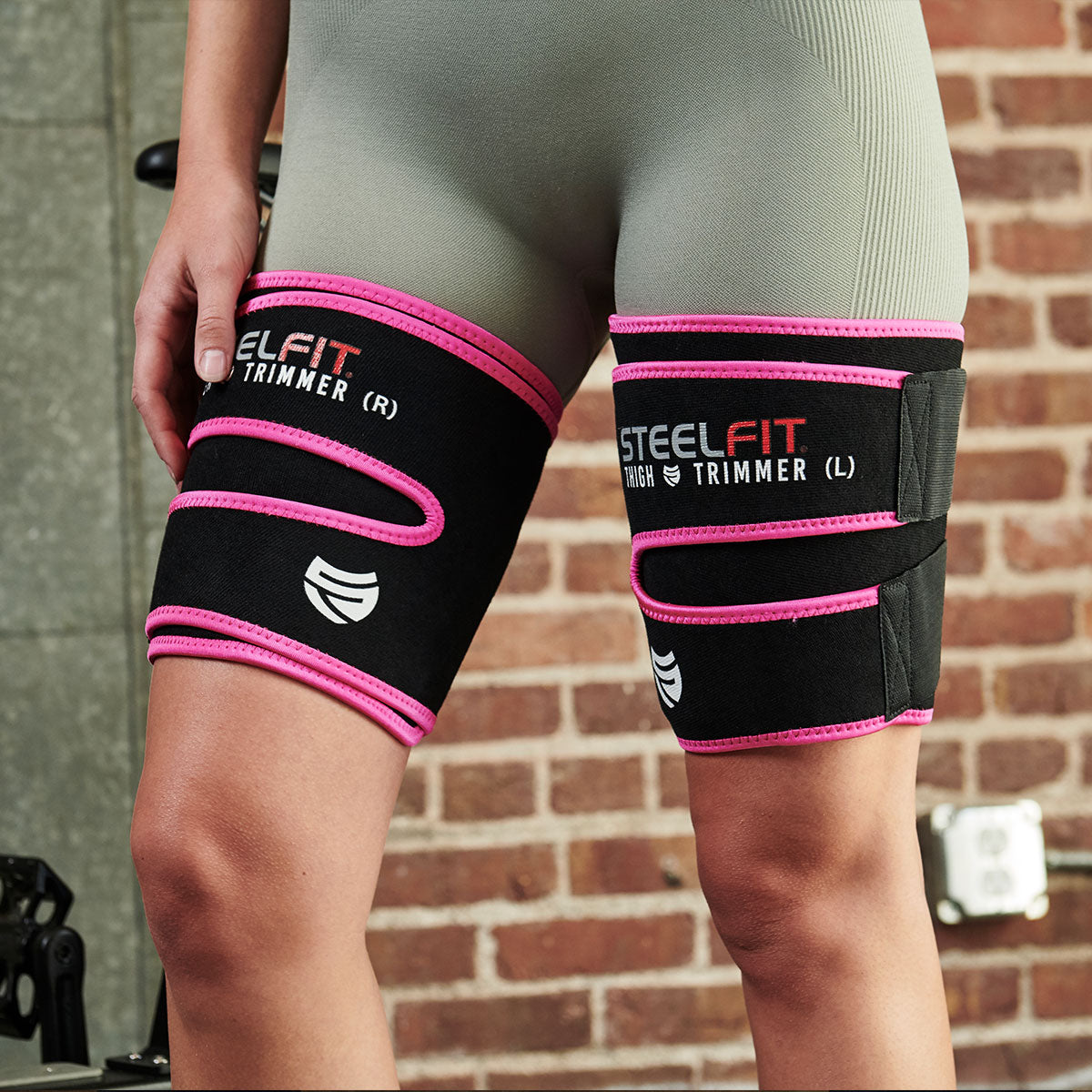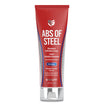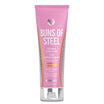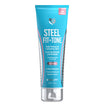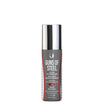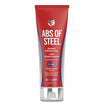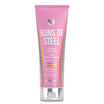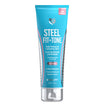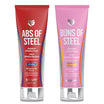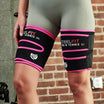Whey protein powder is almost universally the very first supplement a person purchases. What’s not to like about it? Whey protein is:
- Convenient
- Effective
- Affordable
- Stores Easily
- Absolutely Delicious
What is Whey Protein?
Whey protein is one of the two proteins naturally occurring in milk. In case you were wondering, casein makes up the vast majority (80%) of the protein content in milk. Casein can also be found in a powder, similar to whey protein. Whey accounts for 20% of the protein in milk. It’s the liquid by-product remaining during the cheese-making process after the milk has curdled and been strained. The liquid whey is then processed and dehydrated, yielding a powder that is then sold to various protein powder manufacturers and supplement companies to flavor, mix, and package for consumers.How Whey Builds Muscle
Yes, whey protein is far and away the most commonly used muscle building supplement (after multivitamins), and it’s recommended by virtually every coach, athlete, and trainer you see. But exactly how and why does whey build muscle? Here’s a slew of reasons:Whey complete protein
When discussing proteins, they can either be complete or incomplete. “Complete” proteins contain all of the essential amino acids (EAAs) the body needs to build and repair muscle tissue, grow cells, etc. Examples of complete proteins are animal-based proteins such as beef, chicken, pork, dairy (including whey and casein), and soy. “Incomplete” proteins are deficient or lacking in one or more of the nine EAAs required to synthesize protein structures. Common examples of incomplete proteins are plant-proteins (beans, grains, vegetables, etc.). Whey, in particular, is particularly high in the branched-chain amino acids (BCAAs), the three amino acids that stimulate the mTOR (mechanistic target of rapamycin) pathway in the body, which drives muscle protein synthesis, a.k.a. muscle growth. One other thing in favor of whey is that it contains a higher ratio of the BCAAs (especially leucine) than casein does. <1> This is another reason whey protein is the post workout shake of choice recommended by coaches and trainers.High Biological Value
The biological value (BV) of a protein is a measure of how efficiently the human body can utilize the amino acids in a particular protein. If a protein has a very high biological value, your body will better digest, absorb, and use the array of amino acids present in the protein, which means the food you eat is put towards recovery and growth rather than go to waste. Whey protein has the highest BV of any protein, clocking in at an astounding 104. FYI, that’s even higher than egg protein (BV = 100), which is considered by many as the “ideal” protein for humans. <2> Basically, whey protein needs to be at the top of your list if you’re looking to pack on mass fast!Fast Digesting
One of the best qualities about whey protein that makes it ideal for muscle growth is its incredibly fast digestion rate. <3> Following a grueling workout, your muscles are starving for amino acids which they're used to repair, recovery, and grow. Compared to a protein like casein, which can take up to 8 hours to digest, whey protein is processed, broken down, and absorbed by the body much more rapidly, meaning that the essential amino acids your muscles crave following exercise get there faster, yielding faster recovery, repair, and growth. The reason whey protein is so quickly digested by your body is that whey protein is considerably more soluble in the acidic environment of your stomach than casein and other various proteins, leading to quicker digestion and absorption. <4>Increases Muscle Growth
Many people are under the belief that resistance-training builds muscle. Unfortunately, intense exercise, including weight lifting, actually breaks down muscle tissue, it doesn’t build it. Muscle repair, recovery, and growth actually occurs after your workout, when your resting and sleeping. Immediately following training, and for a few hours following, your muscles are highly sensitized to rapidly absorb and utilize anything and everything you give it. This is why so many people go out for “epic cheat meals” full of burgers, fries, pizza, etc. After workouts, your metabolism is in overdrive trying to repair tissue that was broken down, and muscle insulin sensitivity is heightened, meaning they’re “primed” to absorb the food you eat, especially protein and carbohydrates. Research has shown drinking whey protein in combination with resistance training enhanced muscle building. <5> Here’s the really interesting thing -- no matter if subjects trained with lighter weights or heavier weights, both experienced the muscle-building benefits of whey protein, even if the whey protein wasn’t consumed until 24 hours after exercise! Numerous other studies have clearly shown that consuming whey protein improves strength, performance, and overall body composition. <6,7,8> Basically, if you want to build muscle, whey protein is a MUST!Reduces Fat Gain
Whey protein shakes aren’t only for muscle growth, they’re also ideal for recomposing or dropping fat. Research from 2015 sought to examine the effects of whey protein with or without carbohydrates on training adaptations in 86 active men. <9> Over the course of 12 weeks of resistance training, immediately following a total body workout men consumed either:- Whey Protein Alone
- Whey Protein + Carbohydrates
- Only Carbohydrates
“Whey proteins may increase abdominal fat loss and relative fat-free mass adaptations in response to resistance training when compared to fast-acting carbohydrates.” <9>
What Whey is for You?
While it might seem pretty easy to just stop by your local supplement shop and grab a tub of whey protein, it’s not that simple. You see, there’s not just one type of whey protein. In fact, you’ll come across three different types of whey protein used in the various protein powders on the shelf. Each type is just a bit different than the other types, and which one you select will depend on how much budget you have to work with and how sensitive you are or aren’t to lactose, the milk sugar present in milk. With all of that in mind, here are the differences between the different types of whey protein:Whey Protein Concentrate
Whey Protein Concentrate (WPC) contains the most calories, fat, and carbohydrates of any form of whey. It can contain anywhere between 35-80% whey protein, with the remainder being made of carbohydrates and fat. Whey protein concentrate is the most cost-effective option and is ideal for those who don’t have any digestion issues with dairy. This form of whey also offers the best taste, consistency, and “mouthfeel” of the different kind of whey proteins, due to the increased carb and fat count. If you’re not in contest prep and can afford more carbs and fats in your diet, whey concentrate is the whey to go. Ideally, you’d like to find a whey concentrate with 80% protein content, as it offers the most protein per serving of the available concentrates. Unfortunately, most companies do not list the grade of whey protein, notated as WPC35, WPC60, WPC80, etc. Something to be on the lookout for. SteelFit® Steel Whey uses the highest form of whey protein concentrate, Micro-Filtered WPC80.Whey Protein Isolate
Whey Protein Isolate (WPI) is a more refined and protein-heavy version of whey compared to whey concentrate. Isolates go through additional processing and filtration (cross-flow microfiltration (CFM) or ion-exchange chromatography) to remove more of the carbs, lactose, and fat present in concentrate. The resulting powder contains at least 90% protein with minimal lactose, fat, or carbs, making it a solid option for those with sensitive stomachs. The “downside” to isolates compared to concentrate powders is that they tend to cost more money and don’t have the same consistency, texture, or “mouthfeel” as concentrates (due to the reduced carb/fat content). Additionally, due to the increased processing, isolates are lacking some of the beneficial micronutrients and immunoglobulins found in concentrates.Whey Protein Hydrolysate
Also known as hydrolyzed whey, whey protein hydrolysate is the most refined form of whey protein. This is the most expensive form of whey and lacks the flavor, texture, and consistency of concentrates or isolates. Hydrolyzed whey is made by reacting the whey protein powder with a variety of enzymes and chemicals that pre-digest (hydrolyze) the protein structures in whey. Hydrolysis breaks apart the long chains of protein in whey into smaller, faster-digesting proteins that digesting incredibly fast. The catch here is that the hydrolysis process often leaves the powder tasting somewhat chemically or “off”. Unless you’re extremely lactose intolerant, there’s really no added benefit to using hydrolyzed whey over concentrate or isolate.Whey Protein Blends
In addition to finding each kind of powder sold separately at the store, you’ll also encounter whey protein blends that use a mixture of two or even all three forms of whey protein and may also use other forms of protein in there as well, such as egg protein, casein, milk protein, soy protein, brown rice, or quinoa. Using a mix of proteins allows for a mix of digestion rates, which helps keep you fuller longer, as well as a steady and constant release of amino acids into the bloodstream, supporting recovery and growth. Plus, using a mix of proteins allows you to maximize protein content per scoop while also retaining the taste, texture, and consistency achieved with concentrates. Protein blends are a great balance of cost, protein content, taste, and texture.Build More Muscle with Whey Protein
Whey protein is a staple supplement for just about every athlete, and for good reason, it works! Not only is it effective, but it also tastes great and is incredibly affordable. It requires no refrigeration, which means you can buy a tub and leave it in your car, so you always have the perfect post-workout recovery shake ready and raring to go! Building muscle, burning fat, or craving a healthy, delicious snack, whey protein is the way to go!References
- Witard OC, Wardle SL, Macnaughton LS, Hodgson AB, Tipton KD. Protein Considerations for Optimising Skeletal Muscle Mass in Healthy Young and Older Adults. Nutrients. 2016;8(4):181. doi:10.3390/nu8040181.
- Hoffman JR, Falvo MJ. Protein – Which is Best? Journal of Sports Science & Medicine. 2004;3(3):118-130.
- Jäger R, Dudeck JE, Joy JM, et al. Comparison of rice and whey protein isolate digestion rate and amino acid absorption. Journal of the International Society of Sports Nutrition. 2013;10(Suppl 1):P12. doi:10.1186/1550-2783-10-S1-P12.
- Boirie Y, Dangin M, Gachon P, Vasson M-P, Maubois J-L, Beaufrère B. Slow and fast dietary proteins differently modulate postprandial protein accretion. Proceedings of the National Academy of Sciences of the United States of America. 1997;94(26):14930-14935.
- Nicholas A. Burd, Daniel W. D. West, Daniel R. Moore, Philip J. Atherton, Aaron W. Staples, Todd Prior, Jason E. Tang, Michael J. Rennie, Steven K. Baker, Stuart M. Phillips; Enhanced Amino Acid Sensitivity of Myofibrillar Protein Synthesis Persists for up to 24 h after Resistance Exercise in Young Men, The Journal of Nutrition, Volume 141, Issue 4, 1 April 2011, Pages 568–573, https://doi.org/10.3945/jn.110.135038
- Miller PE, Alexander DD, Perez V. Effects of whey protein and resistance exercise on body composition: a meta-analysis of randomized controlled trials. J Am Coll Nutr. 2014;33(2):163-175. doi:10.1080/07315724.2013.875365.
- Bell KE, Snijders T, Zulyniak M, et al. A whey protein-based multi-ingredient nutritional supplement stimulates gains in lean body mass and strength in healthy older men: A randomized controlled trial. Fisher G, ed. PLoS ONE. 2017;12(7):e0181387. doi:10.1371/journal.pone.0181387.
- Cribb PJ, Williams AD, Carey MF, Hayes A. The effect of whey isolate and resistance training on strength, body composition, and plasma glutamine. Int J Sport Nutr Exerc Metab. 2006;16(5):494-509.
- Hulmi JJ, Laakso M, Mero AA, Häkkinen K, Ahtiainen JP, Peltonen H. The effects of whey protein with or without carbohydrates on resistance training adaptations. J Int Soc Sports Nutr. 2015;12(1):48. doi:10.1186/s12970-015-0109-4.
